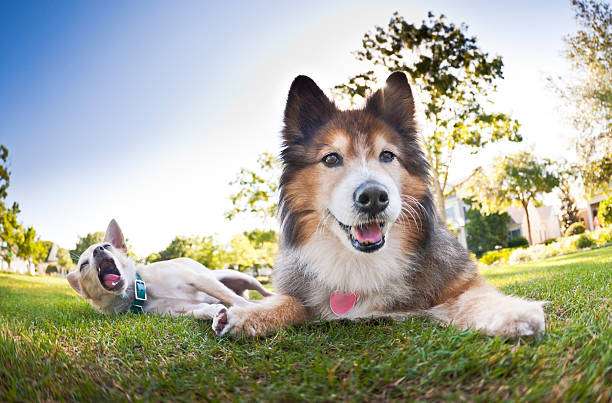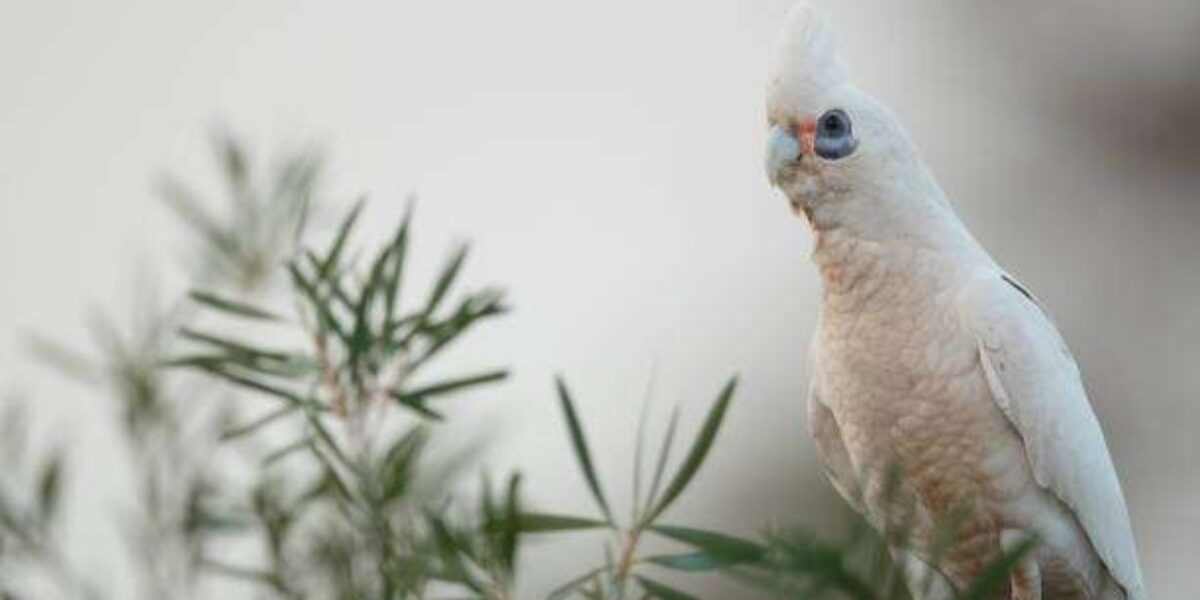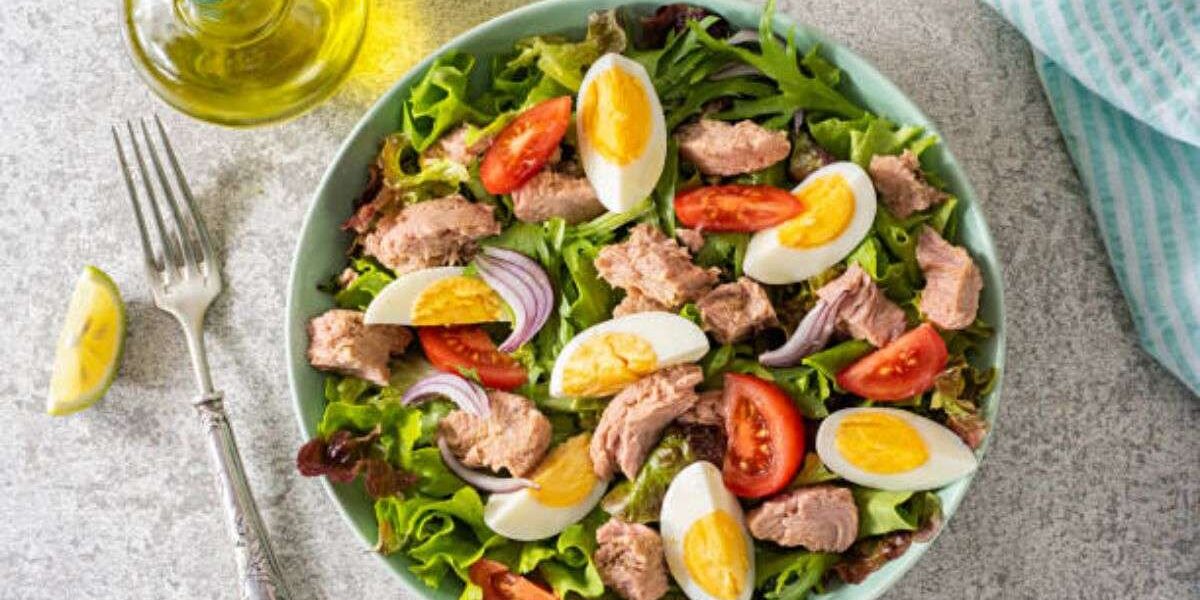Welcome to my blog, which is dedicated to providing a comprehensive feeding guide for Shetland Sheepdogs! As devoted pet owners, we understand the importance of ensuring our beloved companions receive the best nutrition possible to thrive. In this blog, we will delve into the dietary needs, feeding schedules, and recommended food options tailored specifically to the unique requirements of Shetland Sheepdogs. Whether you’re a seasoned Sheltie owner or considering adding one to your family, join me as we explore the essential aspects of providing optimal nutrition for these intelligent and affectionate canine companions.
You may either read the entire article or skip to the section that addresses the queries you have by using the table of contents below.
What is the nutritional requirement of Shetland Sheepdogs?
Shetland sheepdogs are considered small breed dogs whose growth depends on precise dietary requirements.
Herding dogs, who are renowned for their endless energy, require a diet high in protein, lipids, and carbohydrates to support their busy way of life.
Protein from animals, such as chicken, turkey, lamb, and cattle, is what your Shetland sheepdog needs to eat. Vegetables or fish oil can be their fat supply. Wholesome, healthful veggies like broccoli, sprouts, cabbage, and carrots can be their source of fibre.
- A puppy Shetland sheepdog’s diet should include 22% protein, 8% fat, and 6% fibre.
- A mature and adult Shetland sheepdog’s diet should consist of 18% protein, 5% fat, carbs, and fibre.
- Compared to earlier stages, your Shetland sheepdog is less energetic in the senior stage. The recommended composition of your pet’s meal at this age should be 30% protein, 5% fat, and fibre.
- Dogs have calorie requirements that are determined by weight. Since an adult Shetland Sheepdog generally weighs between 15 and 25 pounds, its daily calorie requirements are typically between 472 and 750.
- Treats should make up 10% of calories, while food should make up 90%.
- For example, your 20-pound Shetland Sheepdog needs 587 calories a day. That comes out to 528 calories from food (90%) and 59 calories from treats (10%) when sweets are included.
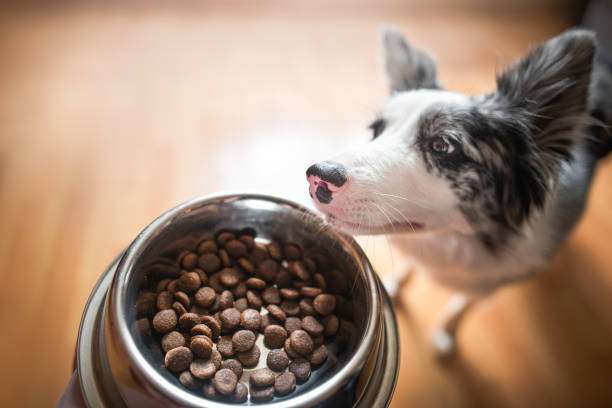
What Kind of Food Should To Feed Your Shetland Sheepdog?
A well-balanced meal designed for small to medium-sized dogs is ideal for a Shetland Sheepdog. In addition to essential lipids, carbohydrates, vitamins, and minerals to promote general health, it should contain a good amount of protein to maintain energy levels and muscle mass.
To make sure your dog has a balanced diet, you should feed them dry dog food, wet dog food, home-cooked meals, and biologically appropriate raw food (BARF).
Dry dog food has lower fat, lower water content, higher carbohydrates, and occasionally lower protein content. Veterinarians frequently recommend dry dog food because of its affordability, advantages for oral health, ease of use, ability to aid in weight loss, and benefits for playtime.
Wet dog food has higher water content, less carbohydrates, more fat, and frequently more protein than dry dog food. Veterinarians prescribe them because of their high water content, flavour, the convenience of feeding, and excellent nutritional profile.
Giving your dog a homemade meal allows you to be in charge of its diet and can assure you that you are giving it the best care possible.
A diet consisting of raw meat, raw eggs, broken animal bones, fruits, vegetables, probiotics, and other natural elements is known as biologically appropriate raw food.
Which Foods You Should Never Give Your Shetland Sheepdog?
Whenever we feed our Shetland sheepdog anything, we need to use caution.
Some human foods (chocolates, coffee, gums, peanut butter, candies, cooked bones), fruits (grapes, avocado, garlic, onions), and vegetables should not be given to your Shetland sheepdog because they contain chemicals that are bad for your dog and could require frequent trips to the veterinarian.
How Much Should You Feed a Shetland Sheepdog Dog?
To satisfy their nutritional needs, puppies will require a different amount of food than adults.
- After birth colostrums will be provided for newborn puppies within 24 to 48 hr because it helps to improve immunity.
- After that, in the early stages of their growth and development, a newborn Sheltie is dependent on its mother’s milk for nourishment.
- You can gradually introduce puppy food to your puppy starting at 1 month of age, to help with the weaning process.
- 75% liquid and 25% solid food should be started with, and until the puppy is 2 months old, the solid portion should be increased every week.
- Generally, adult dogs should be fed 2-3% of their optimum body weight, while puppies should be fed 5-6% of their developing body weight. Some dogs can require a certain amount of weight maintenance.
The table that follows will assist you in planning your dog’s diet from puppyhood to old age.
It is merely a basic recommendation that you should adhere to under your dog’s requirements.
The feeding schedule of Shetland sheepdogs is given in the table below:
| Age | Daily Food Quantity (Cups) | Caloric Intake (Kilocalories/ day) | Protein (%) | Fat (%) |
| 2 – 3 months | 1-1 1/4 | 150 – 345 | 15-25 | 10-15 |
| 3– 6 months | 1-1 1/2 | 340 – 475 | 15-25 | 10-15 |
| 6 – 12 months | 1-2 | 475 – 580 | 15-25 | 10-15 |
| 1–7 years | 1 1/4-1 3/4 | 580 – 785 | 18-25 | 10-15 |
| 8 years and above | 1- 1 1/2 | 450 | 28-32 | 8-12 |
When Is It Time to Feed Your Shetland Sheepdog?
It is best to follow a set eating plan. This entails feeding your dog at predetermined intervals throughout the day to guarantee they get the proper quantity of food and continue to have a healthy eating routine.
The table gives you an idea about how many times you feed your pets in a day and it helps you to give proper nutrition to your Shetland Sheepdog.
The feeding frequency of Shetland sheepdogs is given in the table below:
| Age | Feeding Frequency |
| <8 weeks old | 4 times/day |
| 8 weeks to 3 months | 4 times/day |
| 2 – 5 months | 4 times/day |
| 6 – 12 months | 3 times/day |
| 1–7 years | 2 times/day |
| 8 years and above | 2 times/day |
| Pregnant or lactating | 2-4 times/day |
What kind of digestive issue does the Shetland Sheepdog have?
Gastrointestinal problems such as diarrhoea, gas, upset stomach, or vomiting can affect Shetland Sheepdogs. Here are some remedies or supplements that may help your pets’ digestive issues.
- Fast for 12–24 hours
- For a few days, use a Bland Diet (easily digestible food)
- To treat diarrhoea or gas, use a probiotic, prebiotic, or pumpkin puree
- Supplement digestive enzymes like protease, amylase, lipase, or cellulase to improve the digestive system
However, schedule an appointment with your veterinarian immediately away if your dog is vomiting or experiencing diarrhoea regularly.
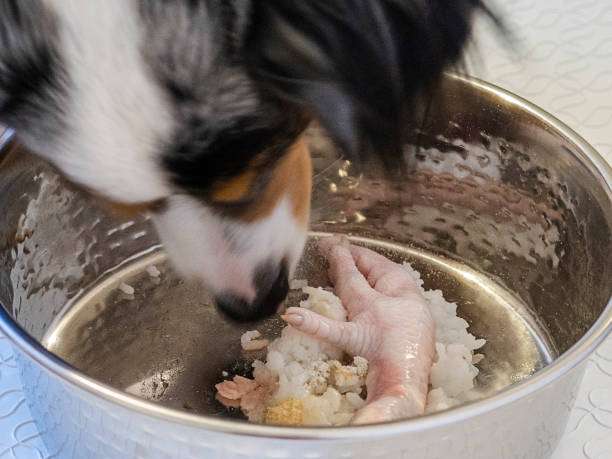
FAQ: Feeding Guidelines for Shetland Sheepdogs
How will I know if I’m giving my Shetland Sheepdog too much food?
Weight gain and a blurred waist are indicators of overfeeding. If there isn’t a lot of fat covering your dog’s ribcage, you should be able to feel them. See a veterinarian for advice on an appropriate diet plan if you’re worried about your dog’s weight.
Do Shetland Sheepdog diets need to include supplements?
If they eat a well-balanced diet, most Shelties won’t require supplements.
On the other hand, a few might benefit from particular vitamins for joint, skin, or coat health. Probiotics, prebiotics, phytobiotics, and essential fatty acids are also included as supplements for your dog’s diet.
When you plan to add some supplements to your dog’s diet once you consult your vet.
How much water should a Sheltie every day?
Dogs must drink one ounce of water for every pound of body weight daily. More may be required if your dog is a puppy or is extremely active.
How much homemade dog food does your Shetland Sheepdog consume each day?
Homemade meals will be served in approx 1 1/4 to 1 1/2 two cups per day, depending on Shetland Sheepdog body weight.
Which treats are ideal for Shetland Sheepdogs?
Add a small portion of treats and table scraps, such as muscle and organ meat, as well as dog-safe fresh fruits and veggies and a small quantity of dairy. Give your dog raw, meaty bones per week, equal to 20% of their body weight.
How Much Does Your Shetland Sheepdog Cost to Feed?
Feeding a Shetland Sheepdog on a premium brand, organic, raw diet will cost different amounts each month depending on what kind of food the dog needs. It was reported that the expense of feeding was between $20 and $40.
In summary, figuring out how much food to give your Shetland Sheepdog is important for keeping them healthy. You just need to think about things like how old they are, how active they are, and how much they weigh. By keeping an eye on their portion sizes and making adjustments when needed, along with talking to your vet, you’ll be able to make sure your Sheltie gets the right amount of food to keep them happy and healthy for a long time. After all, a well-fed Shetland Sheepdog is a happy one!
Read more: Unleashing the Healing Power: The 6 Best Benefits of Rosemary Plants in Dogs
Sources
Shetland Sheepdog Feeding Guide (Everything You Should Know): https://www.petheral.com/
How Much to Feed a Shetland Sheepdog (Feeding Chart & Guide):https://happydogbreeds.com/
6 Remedies & Supplements For Your Sheltie’s Diarrhea, Gas, Vomiting, or Upset Stomach:https://iheartdogs.com/

